Please create a free account, or login by clicking here.
Petland Dalton
Petland Rome
 Adopted
Adopted
Status
Adopted
Reference ID
20178
Birth Date
01-13-2022
Gender
Male
Color
Red Sable
Please fill out our contact form below.
"*" indicates required fields

The Pomeranian is the smallest dog of the spitz family of dogs. They are able to be traced back as a descendant of actual sled dogs from Lapland and Iceland. They get their name from areas in Poland and Germany, which is where they were originally bred. In the 1800s, after Queen Victoria of England praised these dogs, their popularity took off and never slowed down since. In 1888 they were officially recognized by the American Kennel Club. They remain a top dog today in the United States.
Many would describe their Pomeranians as fearless, loving, loyal, and caring. Despite this breed being a very small dog, they do not back down from anyone or anything. They have tiny bodies but huge loving hearts. For generations, this breed has topped the charts of popular dogs and remains a top breed in the United States. Their temperament is best described as happy, warm, and sometimes a bit stubborn.
The Pomeranian comes in more colors than most dogs. Thirteen to be exact, which range from light-colored cream to honeycomb to red to chocolate to black, as well as some with different variations and blends. With a soft and very fluffy coat, it is wise to take the time to brush and comb his fur routinely. Starting with slow and short strokes tends to free any knots this dog may have. The more often brushing takes place, the easier the process becomes. Keeping up with your dog's grooming needs is a very important aspect of his care. It is also recommended that routine nail clipping and teeth cleaning are conducted, as well as a weekly bath.
Feeding your puppy quality dog food in the right amounts is crucial. Pomeranians that are still growing should eat about one and a quarter cups of food in a 24-hour period. Mature Pomeranians should be fed one-half cups of food per pound of their body weight in a 24-hour period. Most would recommend that the food is divided into two portions and served about twelve hours apart. This breed does not require an excessive amount of care, however, basic care will make this dog look and feel his best.
Breed Size and Life Expectancy
Fact: The Pomeranian is a tiny dog that weighs less than fifteen pounds yet originates from a line of very large, strong, and physical dogs.
Fact: The Pomeranian has been spotted with some very famous people. These people include Mozart, Dr. Martin Luther King Jr., and Michelangelo, who allowed his Pomeranian to watch as he painted the ceiling of the Sistine Chapel!
Fact: This breed is known to be very loyal to his family, especially children.
Petland is honored to offer the highest quality Pomeranian puppies who will be an instant fit on your lap and in your family.
Top Ten Frequently Asked Questions about the Pomeranian
How can I care for Pomeranians?
Keep them active with toys and playtime. This is good for their mental health. Also, start a grooming routine with them as pups so that as they get older, they won’t resist brushing or baths.
Where is the best place to keep Pomeranian?
Pomeranians are best kept indoors. They are prone to overheating and can suffer heat stroke if kept outside in the heat for too long. Their small size also requires that they are kept in a safe environment.
Should Pomeranians be spayed?
Yes. Pomeranians, especially the females, should be spayed yearly. Female Pomeranians begin to shed when they are due for spaying.
What is Pomeranians general behavior?
Pomeranians are generally active, playful and friendly.
What is the life expectancy of a Pomeranian?
Their lifespan ranges from 12-16 years
What are the common health problems of a Pomeranian?
Common health problems for Pomeranians include merle, tracheal collapse, luxating patella, and cryptorchidism. Most of these issues occur when their grooming is neglected. Frequent cleaning of the teeth, eye, and ear can keep these health issues at bay. When properly cared for, Pomeranians are healthy dogs.
How often should Pomeranians be fed?
Share a cup of high-quality dog food into two. Give them one half during the day and the other half at night.
How often should Pomeranians be bathed?
You can bathe your Pomeranian as frequently as you wish.
Can Pomeranians cohabit with other animals?
Yes. Pomeranians can live with cats, hamsters, birds, and other animals.
How can Pomeranians be kept active?
Buy them toys and play with them frequently.
If you want a dog that is lively and portable, the Pomeranian is the perfect choice for you!

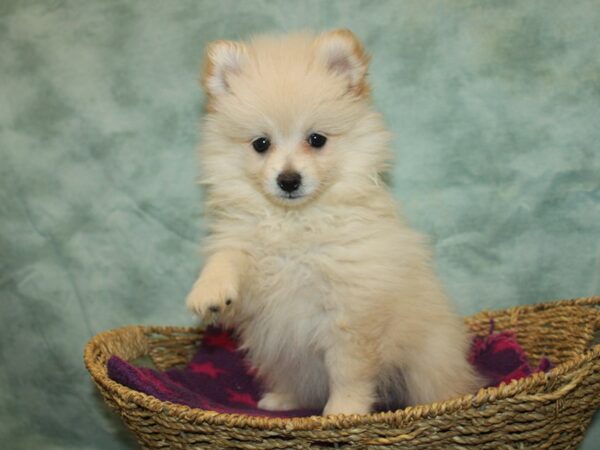
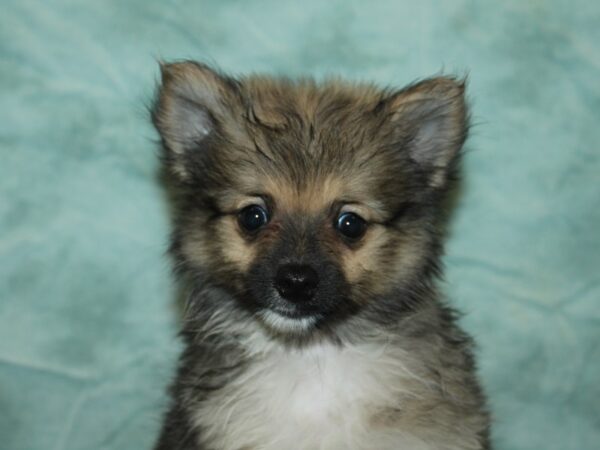







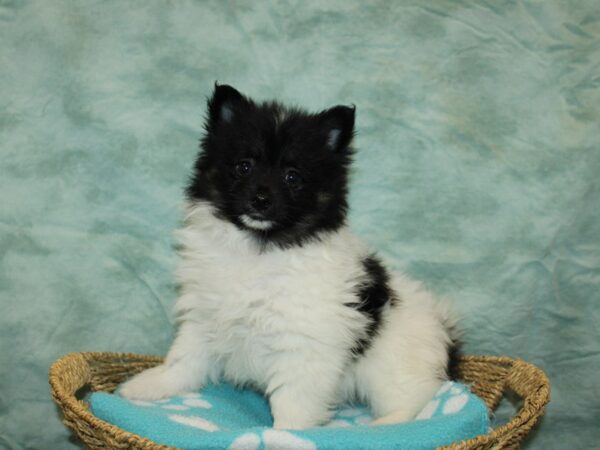

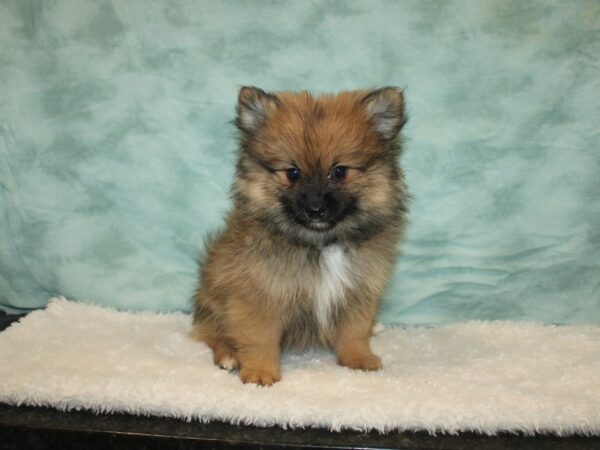


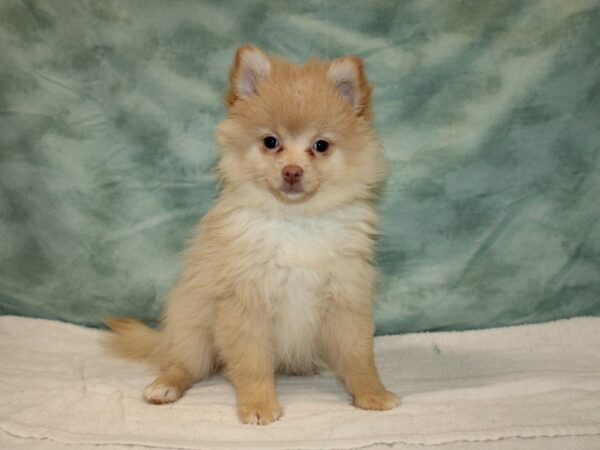





Bringing home a new pet is an exciting milestone, but choosing where to find your furry family member can be challenging. Petland has established itself as a reliable and compas...

That adorable puppy isn’t just cute; it’s a complex creature needing specific things — understanding what makes a puppy thrive is key to their happiness and de...

So, you’re thinking about getting a puppy from Petland? Get ready because you’re not just taking home a bundle of furry joy. You’re also getting a full-on star...

So, you’re thinking about getting a puppy from Petland? Get ready because you’re not just taking home a bundle of furry joy. You’re also getting a full-on star...

Bringing home a new puppy is like adding a little tornado of energy to your life. They zoom around, chew on everything, and look at you with those big, eager eyes that say, R...

Bringing a dog into your family is a big decision that comes with lots of joy, responsibility, and, of course, plenty of tail wags. With so many breeds to choose from, finding t...
Image Not Found
So, you’ve decided to add a four-legged best friend to your life—congrats! But now comes the hard part… which breed is right for you? Choosing a dog isn’...

Bringing home a new puppy? Get ready for cuteness overload, lots of tail wags, and… a bit of chaos too. Puppies are like tiny, adorable tornadoes that can turn your world ...

Self-care is all about wagging your tail and feeling pawsitively great! It involves activities that keep you happy, healthy, and full of energy. Whether it’s a daily walk,...

Bringing a puppy into your life is like welcoming a furry little tornado of joy, energy, and endless cuteness. But let’s be real—along with the cuddles and wagging t...

As a cat owner, ensuring the health and safety of your furry friend is a top priority. With the emergence of avian influenza, commonly known as bird flu, it’s crucial to u...

Ah, Christmas! The time of year when homes are aglow with twinkling lights, the air is filled with the scent of pine, and everyone is wrapped in a warm, fuzzy feeling of joy and...
Trustindex verifies that the original source of the review is Google. Gotten wonderful birds there that are hand tamed and raised by the management team They have a wonderful bird section in their store for toys and food. Pups are pricey, but I’ve gotten a couple there that have been SUPER! Wouldn’t trade them for the world. LOVE THEM 🥰Trustindex verifies that the original source of the review is Google. I love the place so much!!!!! I played with a cute dog and got to hold A ferret and hamsters and rabbits, and even a parakeet! It took one star off because me and my cousin were literally crying over not getting a hamster and dog!!!Trustindex verifies that the original source of the review is Google. Braelyn was amazing she went above and beyond when I called to check about a ferret, she was so amazing I drove almost 2 hours away just to purchase her. Great experience!Trustindex verifies that the original source of the review is Google. I really enjoy taking care of animals! The moment I walked in, everyone was SOO nice! All the dogs are precious, 🐶 and the people who work there are amazing. They always have such kind personalities, and the dogs are like little babies:) I love holding them! They’re all well cared for and the place is so clean and feels like home It’s very sanitized, and they provide hand sanitizer for you to use! It’s such a nice environment, and the hamsters, rabbits, and birds are adorable. The fish are really cool! And the dogs are all vaccinated <3 This has to be one of my favorite places! ❤️🫶🏻
"*" indicates required fields
"*" indicates required fields